Guest contributor: Kevin McCauley on the case for using street tires on the track
To some people, getting to the track early with a sticky set of spares and a jack is the ‘proper’ way to do a track event. I disagree— unless, of course, you’re already an expert. Then go right ahead. But for the rest of us, it seems obvious to me that jumping up to R-compounds impedes driver development.
If I want to drop my lap times, I can try to:
- be smoother with my steering inputs
- threshold brake
- change my slip angle
- pay greater attention to my weight transfer
- roll on the throttle to stay on the edge of my friction circle
- hit all my reference points
Or I can go buy race tires and keep driving at my current skill level.
It’s not uncommon to see people in high-horsepower cars develop some skill, and then reach a point where they’re using about 60% of their tires’ capabilites. Then it starts to get difficult. So instead of learning greater car control, they get race tires, and then utilize just 30% of what those tires can do. You end up with a bunch of people doing fast laps but missing a lot of fundamentals. They never learn how to react for when they inevitably ask too much from the tire. When something goes wrong, the speeds are much higher than they would have been on street tires.
For me, as a developing driver, a predictable high performance summer street tire is the best tool for the job. Right now is the time to learn – or at least scratch the surface of learning – smoothness, momentum, weight transfer, throttle/steering inputs, driving lines, understeer and oversteer. Threshold braking is a challenge with real-world tires but I imagine it’s probably not as much of an issue with race slicks. There isn’t a good reason to switch to race tires (aside from artificially reduced lap times) until I’ve gotten the maximum of what those tires can do.
I’m sure this reads like a guy who’s just bitter about getting passed by faster cars on sticky tires, and maybe that’s part of it. I’ve actually had to consider that perhaps learning to be a better driver isn’t everyone’s goal at a track event— maybe some people just do this for the thrill and adrenaline. In that specific case, it’s possible you could justify being inexperienced with race tires. There are cheaper ways to experience the thrill. There is no better place to learning driving and car control skills.
I think when you get to the level of an instructor or equivalent, by all means go for those tires. You can continue to learn and develop with race tires, provided a solid foundation of knowledge and seat time is already there. But if you’re inexperienced, these tires are just a shortcut to being fast. What’s the point?
My goal is to open a discussion, not proclaim the final word of truth— I welcome dissection. I’m honestly, truly not trying to command people what to do; I just feel compelled to speak up when I see people putting a lot of effort into going to the track and then robbing themselves of learning. The experience is what you make of it. Just don’t try to tell me that jumping in over your head with tires that enable you to delay driver development is doing it ‘proper.’ 
Written with added input from Dave Russell. Lead image chosen as a visual aid only and not intended to ‘call out’ any individual.
Kevin McCauley is a graphic designer and photographer. This is his second guest contribution.





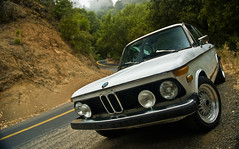

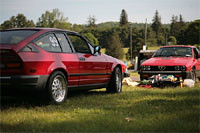








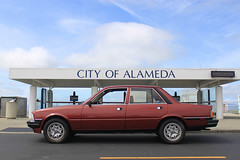
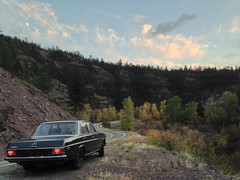



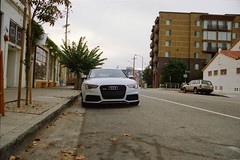
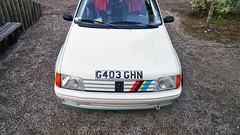
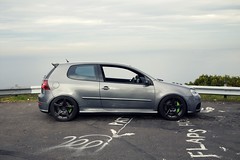


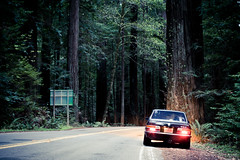







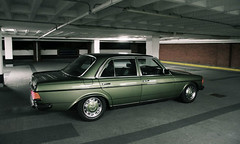
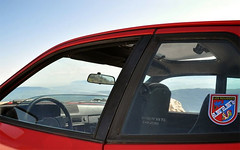
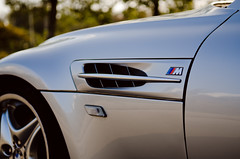




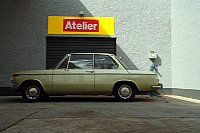


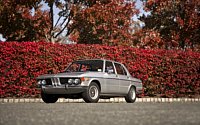

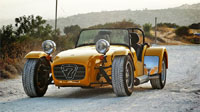




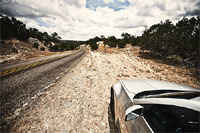
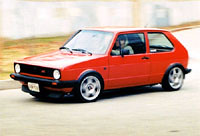
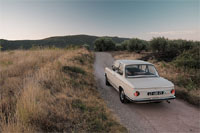

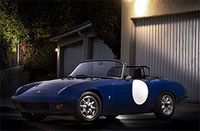



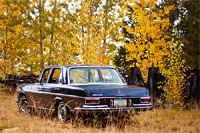
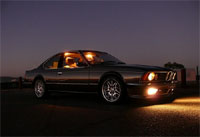
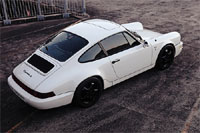
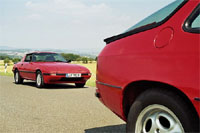

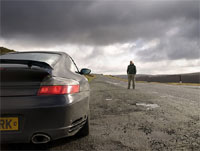
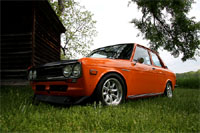

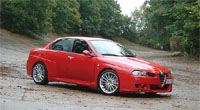



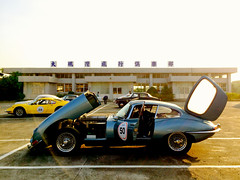
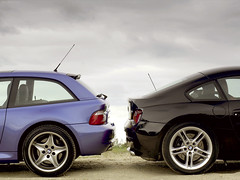
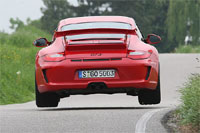
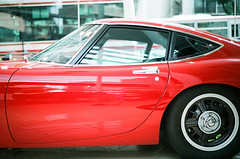


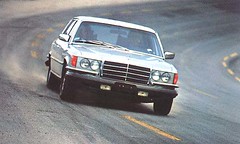




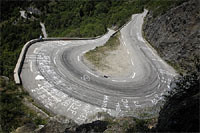
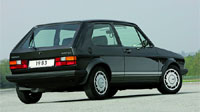

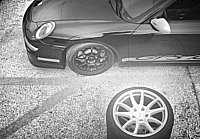




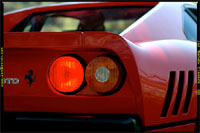

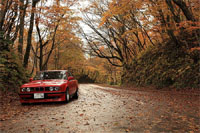
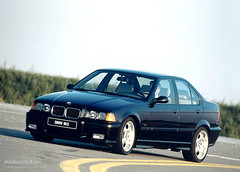


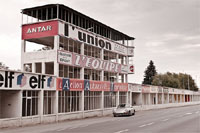




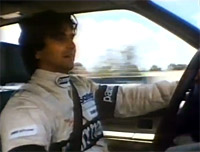
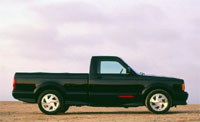


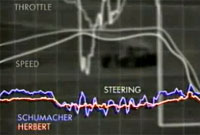

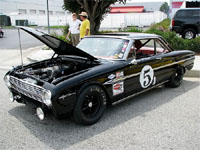





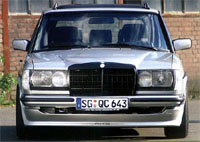



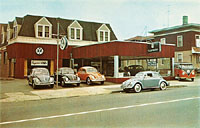


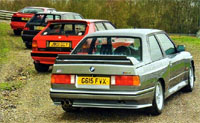




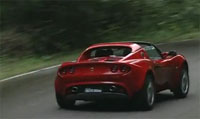
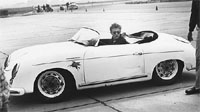

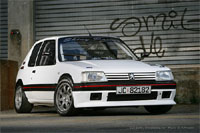
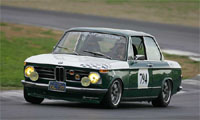

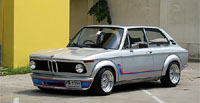


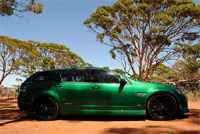


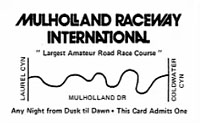

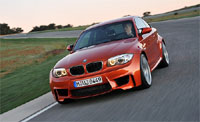
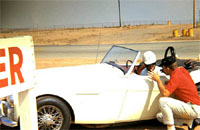
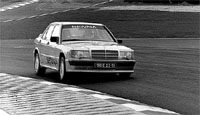
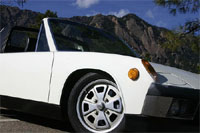

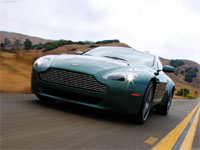


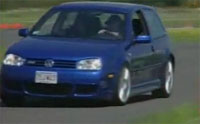
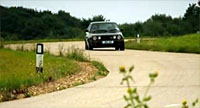




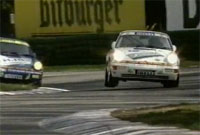
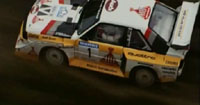
I agree 100% with the author. Most organizations actively try to discourage r comps for beginning drivers. The reason? The huge amount of grip available with r comps actually makes learning to drive well more difficult, the tires can mask and forgive bad habits. I suspect many folks rush to r comps from the humiliation in discovering they are not the next Moss or Stewart. But, by using racing tires they have actually made their progress slower and limited their own growth.
Randy said this on December 16, 2011 at 12:38 am
Excellent article and an all around great message. One could also apply this same rationality to your selection of car, as well. If you just want to buy a car that you can drive fast in, there are the WRXs and EVOs and the likes where basically anyone can jump in and scare themselves, but what did you learn? It’s the old “anyone can drive a fast car slow, but few can drive a slow car fast” truism, isn’t it?
Colin said this on December 16, 2011 at 12:52 am
I see this as an extrapolation of “slow car fast.” Mk1 GTI, that’s really slow, albeit fun. So learn some skills in it, etc.
Work up to the GT3RS though, and you’ve got inputs and responses that are far beyond what the GTI could ever require. So, use some slippy tires to keep it exciting and more predictable, and you take the next step.
I think this is strongly in the vein of informed fun over dollar-fueled brawn, just at a higher level than we normally hear.
Nater said this on December 16, 2011 at 1:44 am
I just got back from driving Laguna Seca earlier in the week, and I have to agree with your article. I was in a stock Boxster Spyder and was faster than an track prepped ’03 Mustang Cobra with 600hp and race slicks.
I think your argument also applies to high horsepower cars. They allow an individual to take a turn incorrectly but still exit with a relatively high speed. Low horsepower cars penalize you for taking a turn incorrectly. You can’t simply power your way out of the turn. If you can carry speed with an underpowered car with little grip, than you know how to drive. Stock Miata anyone?
Charles said this on December 16, 2011 at 11:25 am
Excellent Point!
Shahin said this on December 16, 2011 at 11:33 am
Well done, Kevin. Long time racer & instructor agrees 100%.
hedrives said this on December 16, 2011 at 12:39 pm
Never thought about it like this. Well stated!
Brandon: Richmond, VA said this on December 16, 2011 at 3:30 pm
excellent article.
the other trap for beginners is that running on high grip semi or full slicks is that they can add extra stress to the car. i’ve lost count of the number of wannabee racers in their souped up hondas, evos, subarus etc that have added sticky tyres and gone home on a trailer after running engine bearings or worse.
wm said this on December 16, 2011 at 4:54 pm
As someone who autocrosses, road races, works as a turn marshal/race official, and has served as an instructor, I agree completely. Many is the autocross school student or rookie at an event who decides that the only reason he’s slow is because he hasn’t spent $2K on another set of hellaflush wheels and R-comps for his Bourgemobile, because, you know, when he’s hooning around on the street with his buddies, he always has the most AWESOME drift angles and thus he KNOWS he should be just as fast, if not faster, than people who have actually competing for years (or decades).
Even many-er (heh) is the sad rookie who is dejected because he can’t swing for the wheels/R-comps — again, blaming the equipment for a result that is mostly a lack of experience on the part of the steering wheel spacer.
I *always* tell these folks that the single best investment they can make to improve their performance is more seat time. Schools, autocrosses, HPDEs. Keep the mind open. Listen. Watch. Ask questions. Play lead-follow with an instructor in a similar car doing the leading. Learn. Put it into practice until it’s completely internalized. Stay on the street tires. Run in the rain — things that lower the threshold between “control” and “out of control”, so you can learn how it feels to approach that edge with plenty of safety margin should you cross it (and you will. A lot. Really.)
Sometimes, they believe me. Many times, it takes me hopping behind the wheel of their car for a fun run, running at 75-80% in someone else’s car that I’ve never driven before, and beating their time by 1-2 seconds while telling them what I’m doing while I’m doing it that they get the message. And I’m no champion driver by any stretch of the imagination.
Jim Crider (@autojim) said this on December 16, 2011 at 5:35 pm
Best learning aid I did for myself: switch from my AWD heavy/expensive Audi street car to a track prep’ed stock powered Miata on street tires & mild suspension, and ran in the rain as often as I could when I lived in the MidAtlantic region. Held off jumping up to R-comp until I had ~35+ days under my belt and became an instructor now out in CA. My wallet liked it too!
Dean said this on December 17, 2011 at 5:11 am
And I thought I was the only nutcase saying pretty much the same thing…
A fellow instructor
Jorge Azcoitia said this on December 17, 2011 at 12:31 pm
I not only agree with the author and commenters above, but I’d go even further and say that a lot of people are out there driving cars that are too good for their ability. Along the lines of what the author says, when learning to drive fast, you want lower limits, but frankly most modern cars, even with street tires, have limits much higher than the average driver’s. How many boy racers out there in Subaru WRX’s actually can really exploit the performance of that car in stock form? Let alone the modified form that we commonly see many of them in. At my last track day, there was a guy who had gotten something like 600bhp out of his and was point and squirting his way around the track and thought he was a quick driver. I’d love to see a return to the old days (admittedly before my time) when people showed up to the track with nothing but a few tools and some spare parts, and drove the pants off of underpowered little sports cars, and then drove them home.
Automobiliac said this on December 19, 2011 at 10:35 am
100% agreed with author this can also be applied to the whole car and modify in general. I’m still running economy tires and have been surprised with how much grip they offer, but i have been told that the downside with my tires is its consistencies under high stress . so i may have to move up to some high performance sports tires.
redsprinter said this on December 30, 2011 at 7:04 am
I like this growing movement. Chris Harris has been thinking the same thing…
Nater said this on January 12, 2012 at 3:34 pm